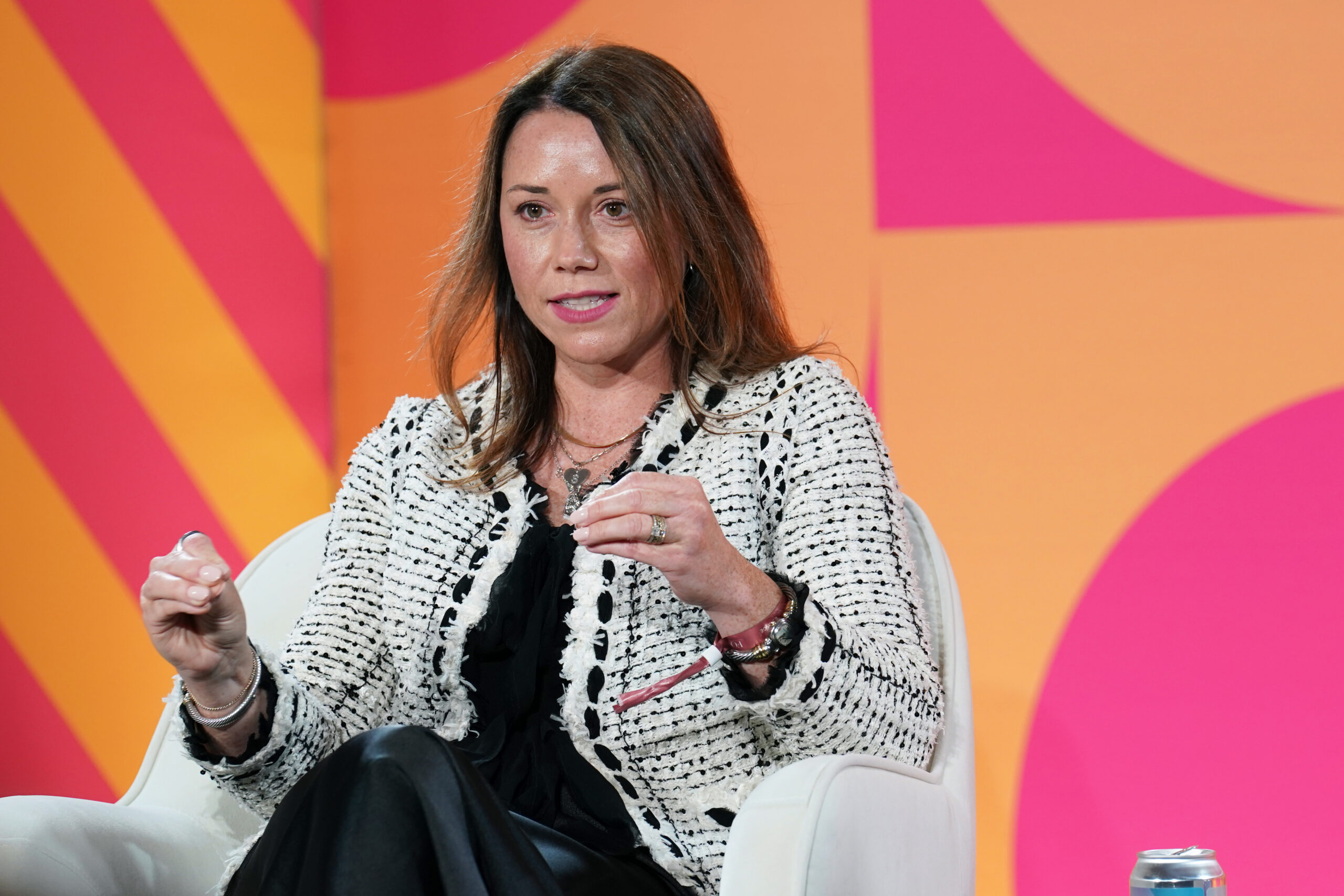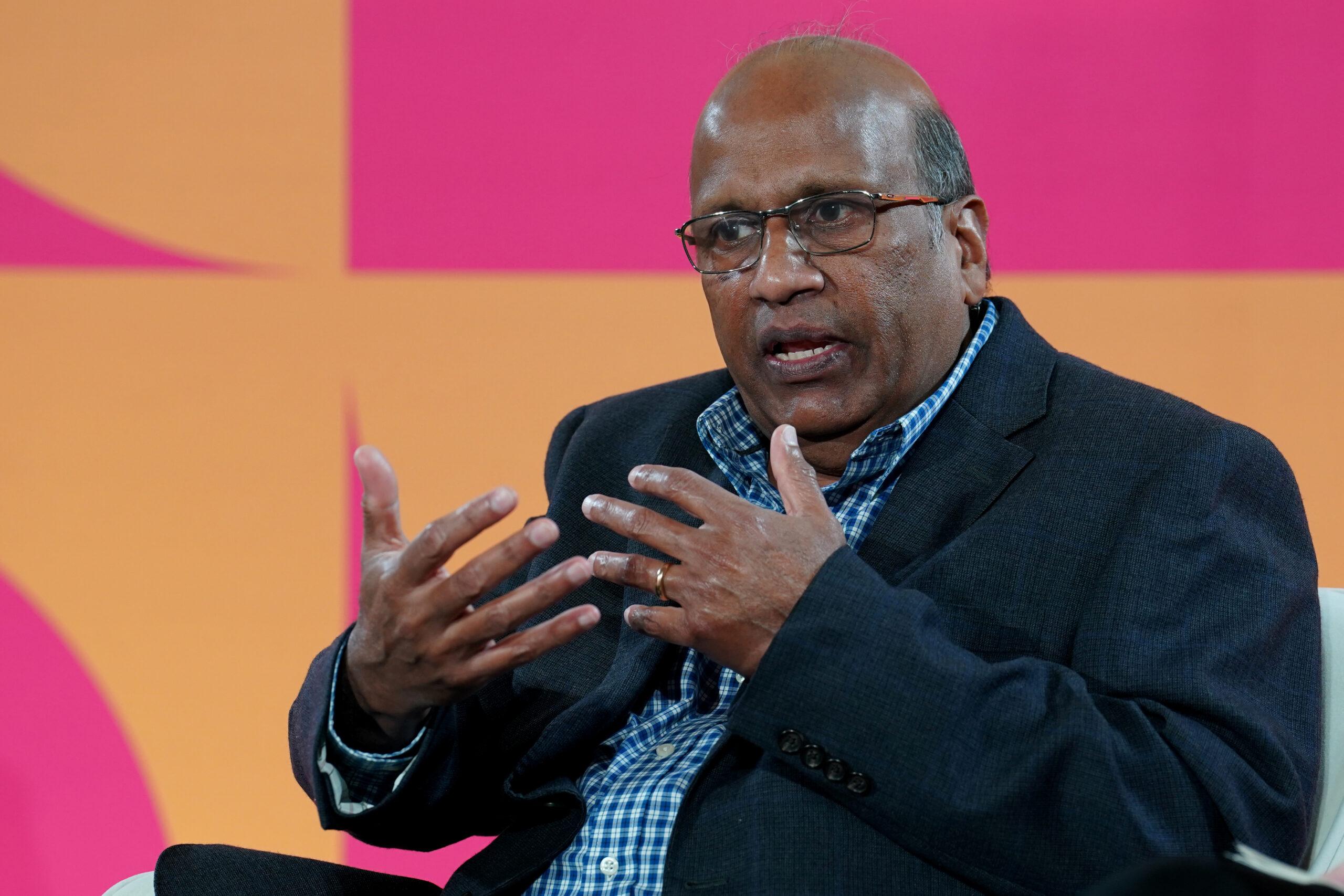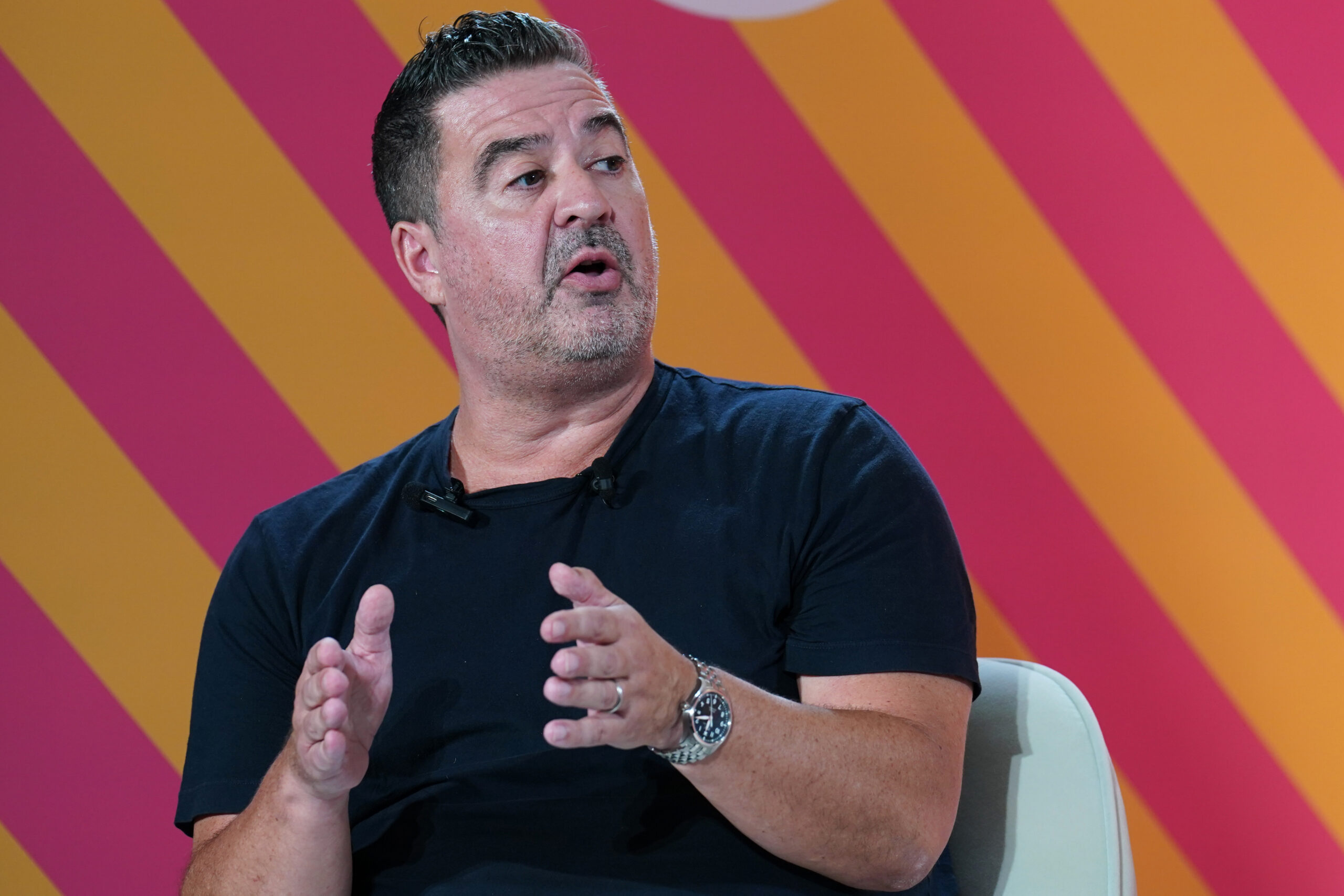By Helen Myers, Advertising Week Correspondent
Tina DeSarno, Chief IA Officer at MarketCast, kicked off the panel by setting the scene and describing the current issues marketers face.

Shrinking budgets and cluttered landscapes make it difficult to break through, but expectations are more heightened than ever. Built from MarketCast data, DeSarno covered six best practices: leverage consistent brand icon, combine visual and audio brand cues, catchy and repetitive jingle or tagline, relatability, using humor, charm, or emotional storytelling, and finally repetition as a core identity. To showcase the success of using these best practices, DeSarno reviewed the “dawn duckling” advertising campaign. The campaign was first introduced in 2009, and its lasting impression is undeniable, as it is still a topic of discussion to this day. Staying power is vital for a campaign to go the distance, and these best practice tools can assist with making a long-lasting impression.
DeSarno then directed the discussion to the panel and asked what marketers should prioritize in order to ensure that their creative work has a lasting impact.
To start, Stephanie Lancaster, the Manager of Brand and Consumer Strategy at The Wendy’s Company, brought up voice and authenticity. Lancaster mentioned that Wendy’s uses human insights to guide their briefs in both innovation and messaging strategy.

Edwin Rodrigues, Global Marketing Research Consultant of HP, added to that point and said that it’s not just about understanding the target consumer, but also understanding the marketing problem and the barriers that come along with it. Rodrigues also emphasized the importance of a well-researched brief and said, “It’s like having an above-the-line campaign, and you have a below-the-line campaign. What’s the commonality, and what’s the synergy between that? Only then can you actually drive reasonable or successful results.”

Doing more with less is a challenge, and Leigh Baker, Managing Director of Six+One, said that nothing integrates better than a great idea. “Resist the urge to move to performance-driven marketing at the expense of the brand,” he advised. “Don’t lose sight of that classic 6040, ratio between brand and performance, whichever way round that is. Don’t forget that commerce can be a brand touchpoint, if you think about it the right way,” he said.
DeSarno then switched the discussion to creative factors that contribute to the success of campaigns.
Rodriguez reflected on how ads are meant to be entertaining and that quality is what helps the message spread. “You might spend a lot of money on advertising, but if you don’t spend it efficiently on the right advertising, with the right assets, you’re not going to get [exposure],” he said.

Lancaster touched on this factor as well and added, “It’s really the emotion behind your brand. It’s not about how many times your logo or your brand shows up. It’s not about how many times you say your brand, but it’s truly how the ad is manifesting your brand.”
To wrap up the conversation, DeSarno asked what the common threads are in long-lasting campaigns and whether they can be replicated.
According to Baker the fast-paced nature of modern culture, the ads with staying power have become increasingly difficult to pull off. On the other hand, this also puts smaller brands on a similar playing field as major corporations. “The good news is they don’t have it all figured out. Scale drives a lot of inertia, and what they all have in common is a really clear sense of who they are,” he said.







